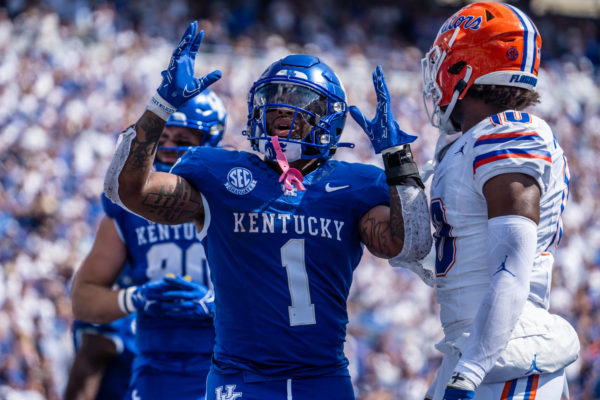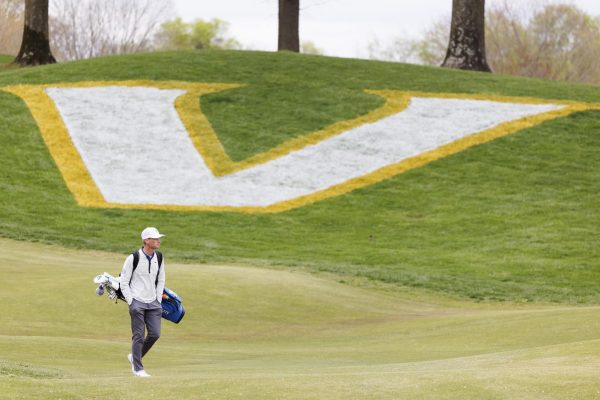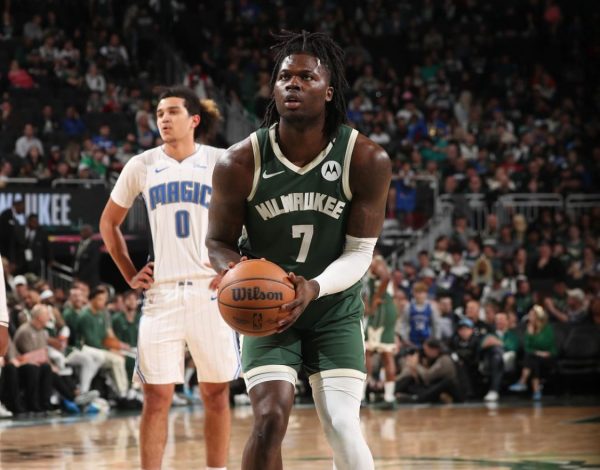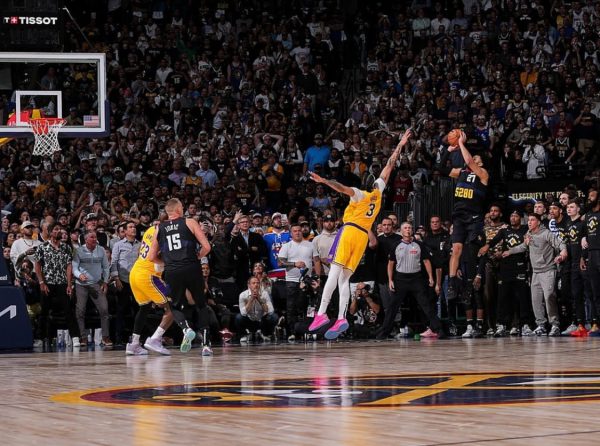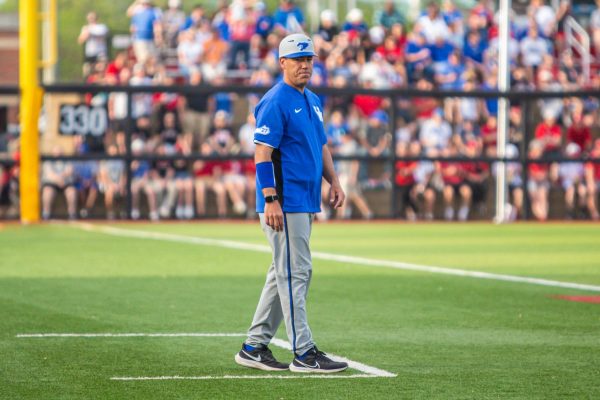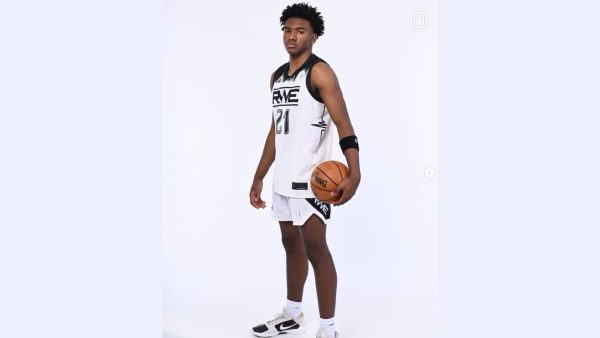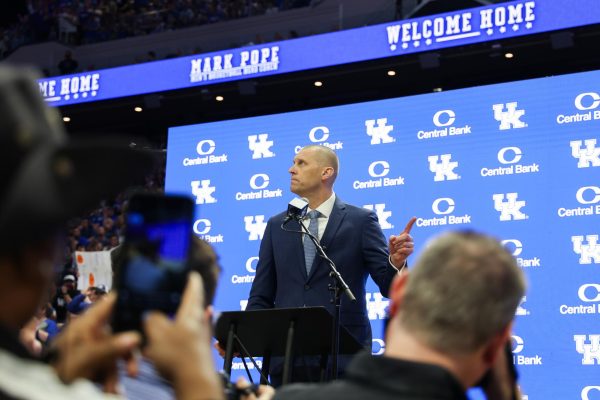Forging campus art
November 3, 2014
By Anne Halliwell
The 21st annual Iron Pour by the School for Visual Arts and Studies heated up the chilly November weather at the top of UK’s Reynolds Buildings Saturday night.
Preparations for the pouring of molds and scratch blocks included raising a moving metal crane along tracks at the top of the hill and preparing the furnace and tools so that the molten iron wouldn’t melt or morph the instruments.
More than four tons of metal funneled through the structure before the event ended between 2 and 3 a.m., said Garry Bibbs, head of the sculpture department and chief coordinator.
Fine arts senior Jessica Whittington packed the ladle that would hold the iron with a mixture of sand and fire clay, which crusted her hands and boots and clung to hair strands.
“We plan for this all semester, but people have been coming in all week — alumni and people from the sculpture community,” Whittington said. “Really, anyone who wants to come and help out, we’ll put to work.
Sculptors picked their ways through the equipment and materials in the Reynolds Building 2 on their way up the hill to where the furnace was being prepped.
Megan Burkhart, who graduated from UK in 2011 with a BFA in sculpture, packed the furnace, named FeFe for the chemical symbol for iron.
“Annual iron pours are like a big Thanksgiving for sculptors,” Burkhart said. “We’ve got alumni from years before me helping out.”
Iron pours are fairly rare, Bibbs said, so when one happens, artists tend to gather to “get a part of it” and meet-and-greet with other sculptors.
Robert Nolan, the president of SCRAP, said that proceeds from Iron Pour t-shirts and scratch blocks, one-part molds made of a sand mixture, would go back into the pool of funds for the student organization’s fees and future sculpture conferences.
The school also gave discounts to three Lexington schools that purchased scratch blocks for their students to carve, the fine arts senior said.
The event supported itself with the school outreach and sales, Bibbs said.
The Iron Pour went through about 200 scratch blocks, he added.
Nolan said one school, SCAPA, had purchased 85 blocks. The blocks were $20 for most people and $15 for UK students with an ID. Some students also created public art, of which the event could subsidize a percentage.
The parking lot next to the hill was filled with scratch pads with designs carved into the grainy material with tools like screws and nails.
Families brought grade- and middle-school-aged children to make their own designs, like Andrei Zizkozic, whose family has a shelf of ironworks from years of attending the iron pour.
“The scratch blocks are a more inexpensive way to get things made out of metal,” said studio arts sophomore Delany Bal, who helped with the scratch block table. “It’s an amazing thing to pour molten metal.”
Bal had only worked in sculpture for one year, but said it was a community of “cool, fun people.”
“We’re all a little family over here,” Whittington said. “Sculpture is not a two-dimensional art form. You have to have a team of people.”














































































































































